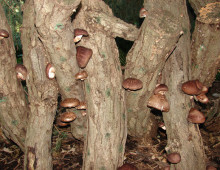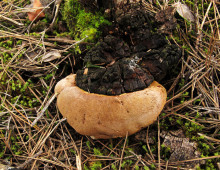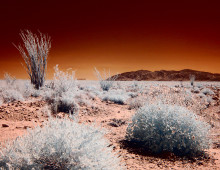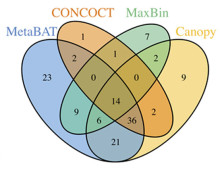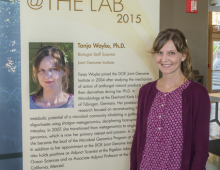Deep Sequencing of Dikarya
Fungi perform essential ecological functions, both beneficial and harmful. The ecology of most of the 1.5- 6 million fungal species is unknown. The current 1000 Fungal Genomes (1KFG) and associated CSPs (e.g., Mycorrhizal Genomics Initiative, Saprotrophic Basidiomycetes) have been mostly successful in sampling genomes of members of the Dikarya. The results have included an increased… [Read More]
